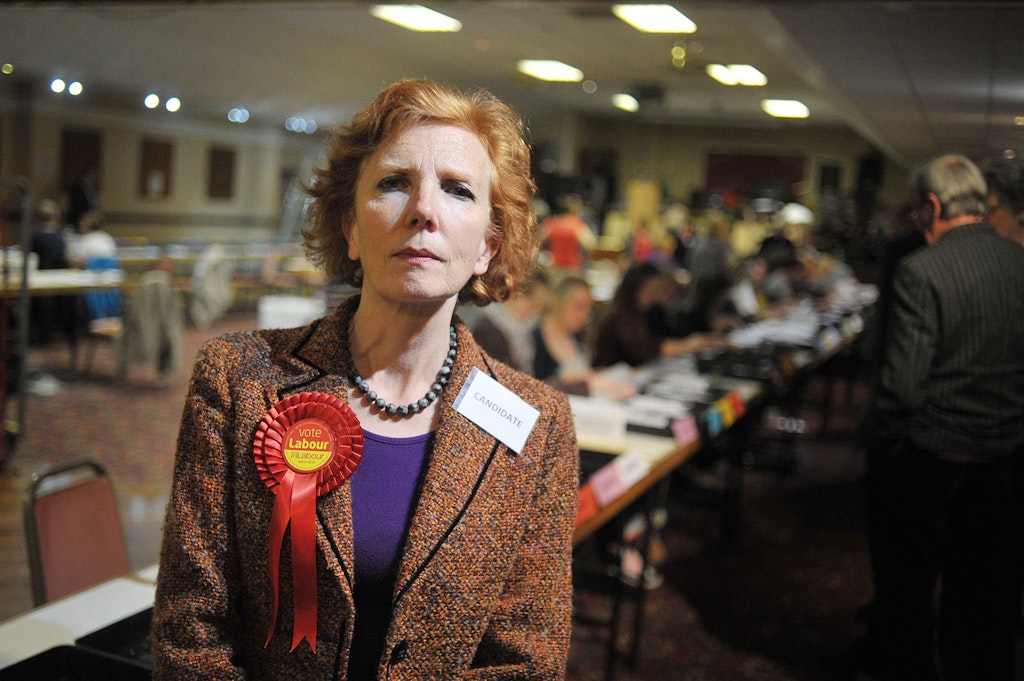Wobbly Thursday
There are few worse times to conclude what the result will be than right now
It’s a week until election day, E minus 7. The end of the long campaign is in sight and some of the votes have already been cast by post. All the journalists, politicians and strategists are tired after weeks of late nights, early mornings, bus journeys and fast food. Tempers fray, mistakes are made, groupthink is affirmed, Stockholm syndrome overtakes the journalists travelling on the respective campaign buses. There are few worse times to come to a measured conclusion about what the campaign has been about and what the result will be, but it is about now that commentators start doing just those things with an air of confidence and authority. The record of predictions made at this stage is poor – polling comes in for the most criticism but attempts to discern the mood of the nation by sniffing the air are usually even worse. Let’s take a look at the history.
I’ve taken my title from the June 1987 election, when E-7 was the infamous ‘Wobbly Thursday’ in Margaret Thatcher’s third campaign. The election had started with the Conservatives comfortably ahead and Labour having to fend off the SDP Liberal Alliance in order to retain second place. But Labour’s campaigning verve surprised the other parties, Neil Kinnock’s personal ratings rose sharply and the poll gap tightened. On ‘Wobbly Thursday’ a Gallup poll found that Labour had closed to within 4 points of the Conservatives and simmering tensions within the Conservative leadership burst out into heated rows between the Central Office (Norman Tebbit) and advertising agency (Tim Bell) wings of the campaign. In fright, the party dumped enormous sums of money on press and billboard advertising in the final week but it was probably unnecessary. That poll was as close as it got, and the Tory position recovered steadily and the result a week later wasn’t close at all. The 1959 election had a very similar shape, with Labour’s campaign peaking a week before the election. ‘I smell victory in the air’ said Hugh Gaitskell on October 4 (E-4) but the polls had already started to turn back towards the Tories a few days earlier.
It is surprising how often that variations on this pattern have played out. Although the parties were more or less level-pegging in the polls for nearly all the campaign in April 1992, there was a sharp blip in Labour’s favour in polls reported at E-8, with three companies showing Labour taking a significant lead of 4-7 percentage points. The results inspired giddy confidence in the Labour campaign and contributed to the enthusiasm of a huge, somewhat triumphalist Labour rally at Sheffield. The next polls reverted back to deadlock, and the result was a surprising outright Conservative win. This happened again, more or less to the day, in May 2015. Polls with fieldwork from 29 April to 2 May (E-10 to E-7) showed a consistent but small Labour lead of 0-3 percentage points, but this seemed to disappear a couple of days later and the result was a 6.6-point margin for the Tories.
In 1979 the Conservatives started with a massive lead which narrowed during the campaign, and in the final week there were several polls which suggested a hung parliament, but Labour’s momentum seemed to stall as voters came down on the Conservative side. In 1970 the incumbent Labour government’s polling lead peaked at a similar point, but again – a week later the Tories won a majority.
Can we, therefore, propose a general rule that Labour always do worse in an election than the conventional wisdom suggests a week away from polling day? Unfortunately for the predictability of elections, but not for Labour, the answer is no. Labour’s worst poll of the 1997 election came on 23 April, P-7, showing the party’s lead falling to 5 percentage points in an ICM survey (ICM had by far the fiercest adjustment to try to offset the polling problems from the 1992 campaign). But as with the Tories ten years previously, this was a blip – although the Labour campaign did not fall into infighting like the semi-housetrained polecats in a sack on the Tory side in 1987. Although there wasn’t a ‘Wobbly Thursday’ at E-7 in 1964, there was an equivalent at E-10 when the polls and the mood seemed to be turning in favour of the Conservatives, before switching back to the accustomed expectation of a narrow Labour win during the next week. In February 1974 and 2017 Conservative governments seemed to be on course for comfortable victories in elections called early but in each case the result a week later was a hung parliament.
Making a rough, unscientific classification of the relationship between expectations (composed of polls, party professionals’ verdicts and commentariat scribblings) a week out and the final result, for all elections since 1945, what can we say in general? The answer is ‘not much’. Compared to expectations, the government has done better in 7 elections out of 20, more or less as expected in 6, and worse in 7. The result has been better for the Tories in 7 out of 20, as expected in 6 and better for Labour in 7. At least the errors are evenly distributed, even if they are large and consequential. All still to play for, everyone.
Enjoying The Critic online? It's even better in print
Try five issues of Britain’s most civilised magazine for £10
Subscribe














